Cost Efficiency in Production
Cost efficiency is a critical driver in the Minimalist Packaging Market, as companies seek to optimize their production processes. By adopting minimalist packaging designs, manufacturers can significantly reduce material costs and streamline their supply chains. Studies suggest that companies can save up to 30% on packaging costs by minimizing excess materials and utilizing simpler designs. This reduction in costs can lead to improved profit margins and the ability to invest in other areas of the business. Furthermore, efficient packaging solutions can enhance logistics and distribution, reducing transportation costs and carbon footprints. As businesses strive for profitability, the shift towards minimalist packaging not only meets consumer demands but also aligns with financial objectives.
Regulatory Compliance and Standards
The Minimalist Packaging Market is increasingly influenced by regulatory compliance and evolving standards aimed at reducing environmental impact. Governments worldwide are implementing stricter regulations on packaging waste, compelling companies to rethink their packaging strategies. For instance, regulations that mandate the reduction of single-use plastics are driving the adoption of minimalist packaging solutions. This shift not only helps companies avoid penalties but also positions them as responsible corporate citizens. As regulations continue to evolve, businesses that proactively adopt minimalist packaging are likely to benefit from enhanced brand reputation and consumer trust. The alignment with regulatory standards can also open up new market opportunities, as consumers increasingly favor brands that demonstrate compliance with environmental initiatives.
Consumer Preference for Sustainability
The Minimalist Packaging Market is experiencing a notable shift in consumer preferences towards sustainable packaging solutions. As environmental awareness increases, consumers are gravitating towards brands that prioritize eco-friendly materials and minimal waste. Research indicates that approximately 70% of consumers are willing to pay a premium for sustainable packaging. This trend is compelling companies to adopt minimalist packaging strategies that reduce material usage while maintaining product integrity. The emphasis on sustainability not only enhances brand loyalty but also aligns with regulatory pressures aimed at reducing plastic waste. Consequently, businesses that embrace minimalist packaging are likely to gain a competitive edge in the market, appealing to environmentally conscious consumers and contributing to a more sustainable future.
Technological Advancements in Packaging
Technological advancements are playing a pivotal role in shaping the Minimalist Packaging Market. Innovations in materials science and design technology are enabling the development of lightweight, durable packaging solutions that require fewer resources. For example, advancements in biodegradable materials and smart packaging technologies are allowing companies to create minimalist designs that do not compromise on functionality. These innovations not only enhance product appeal but also contribute to sustainability goals. As technology continues to evolve, businesses that leverage these advancements are likely to gain a competitive advantage in the market. The integration of technology into minimalist packaging strategies can lead to improved efficiency, reduced waste, and enhanced consumer engagement.
Rise of E-commerce and Direct-to-Consumer Models
The rise of e-commerce and direct-to-consumer models is significantly impacting the Minimalist Packaging Market. As online shopping continues to grow, brands are re-evaluating their packaging strategies to enhance the unboxing experience while minimizing waste. Research indicates that nearly 50% of consumers prefer brands that use minimal packaging for online orders. This trend is prompting companies to adopt minimalist packaging designs that are not only visually appealing but also functional for shipping. By reducing packaging materials, businesses can lower shipping costs and improve sustainability. The shift towards e-commerce is likely to drive further innovation in minimalist packaging, as brands seek to differentiate themselves in a crowded marketplace while meeting consumer expectations for convenience and environmental responsibility.



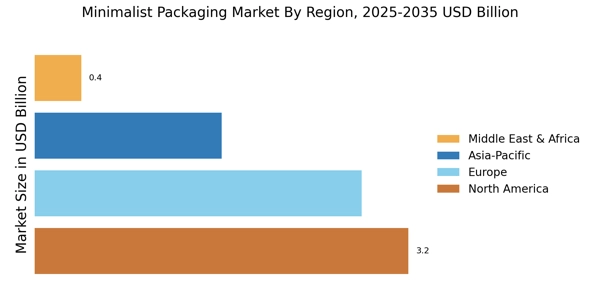
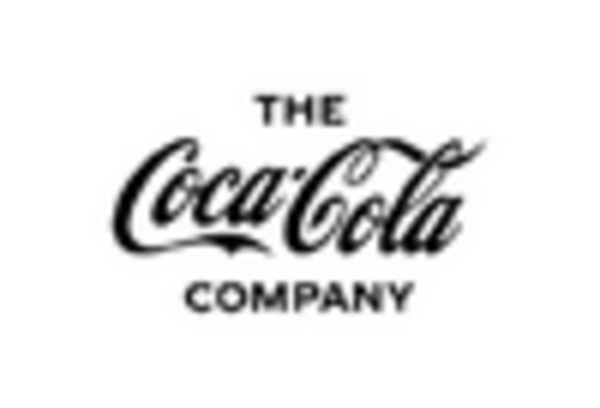
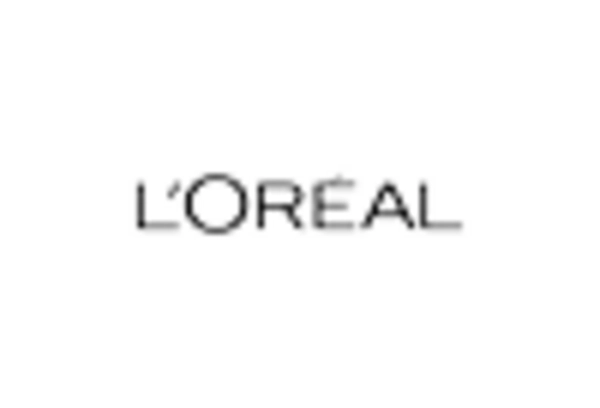
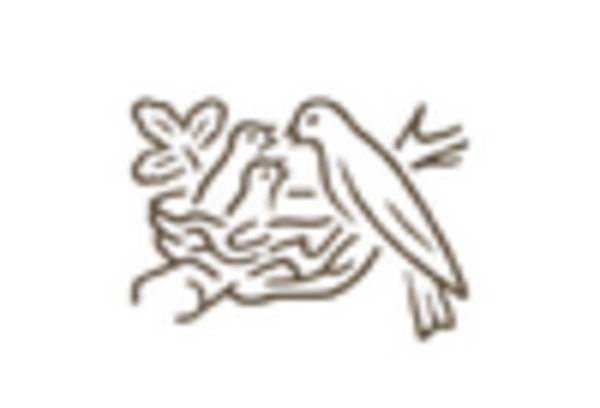
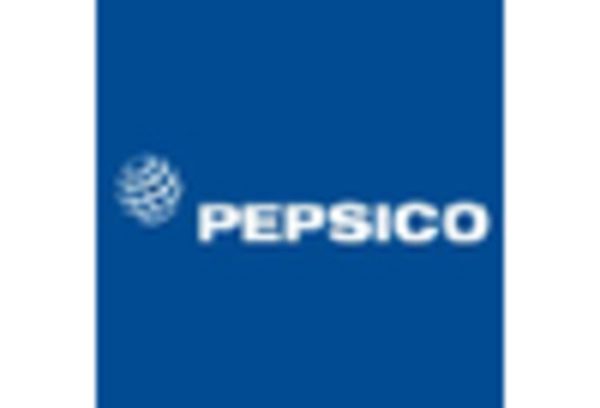
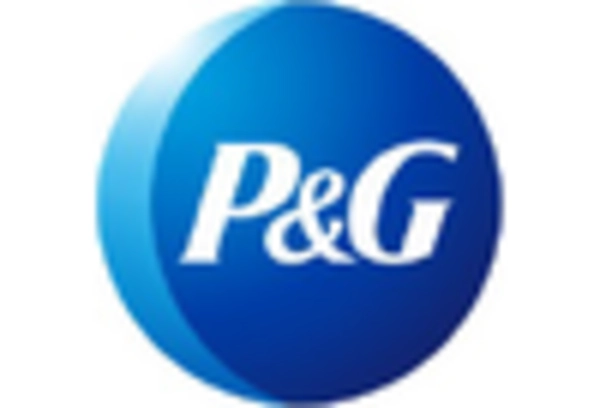
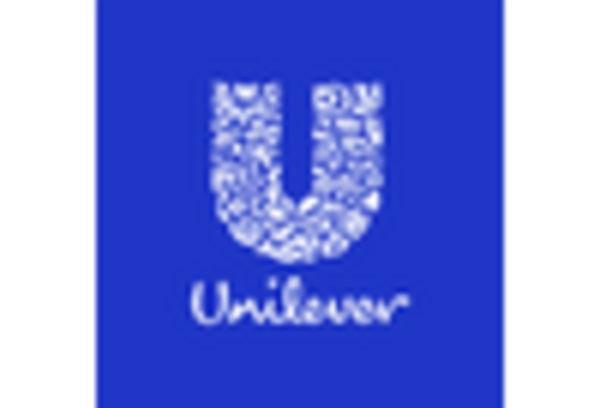








Leave a Comment